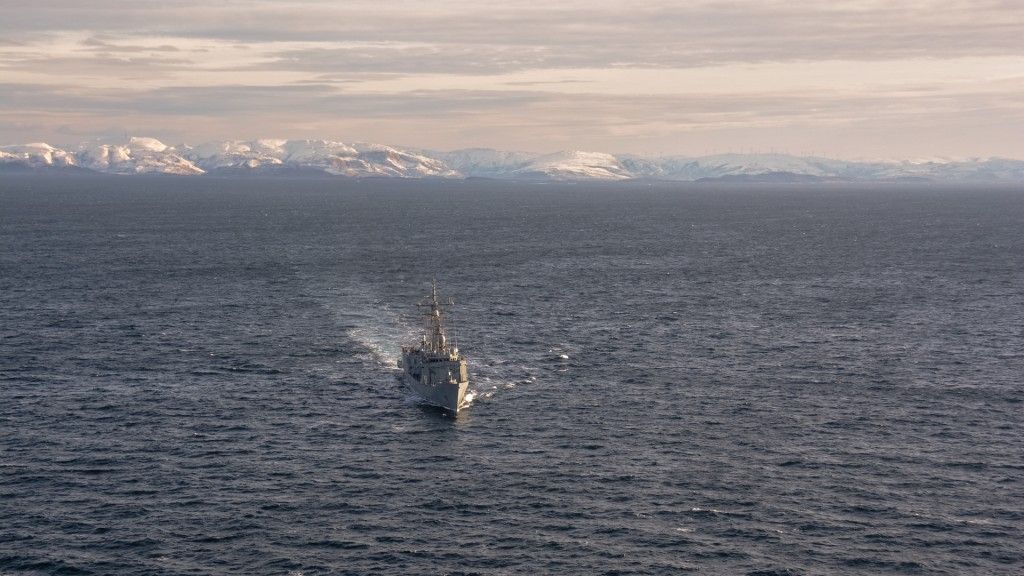Geopolitics
ORP Kościuszko's Arctic Deployment

ORP Gen. T. Kościuszko guided missile frigate is about to head out to a sea exercise, staged on the waters of the North Sea and Norwegian Sea. The Polish sailors will be tasked with fighting against surface combatants and submarines, as well as fast boats.
ORP General T. Kościuszko, on 31st January, is to leave its base in the Port of Gdynia, in order to participate in one of the toughest naval exercises ever organized, which is to take place on the waters of North Sea and Norwegian Sea. The Arctic weather conditions in that region of Europe, during the winter season, including high waves and navigation difficulties, also when it comes to navigating within the area of fiords, altogether force the crews to exhibit a high level of skills and to conduct practical operations in extreme conditions, which is impossible to be replaced or replicated in the Baltic Sea basin. Several weeks of operations like that significantly heightens the level of skill of the Polish sailors, which cannot be compared to the all-year training involving the Polish ships on the waters of the Baltic Sea.
Read More: Naval Memorandum Concluded Between DCNS and PGZ. Technology Transfer and Cooperation.
TG-17 exercise is scheduled to begin on 6th February, and the operation is going to last for almost 2 weeks. The event is going to involve ships of Norwegian, Dutch, British and Danish fleets, as well as the SNMG-1 group.
The Polish frigate, along with the SH-2G helicopter, will conduct ASW operations, air defence operations, as well as asymmetrical scenarios involving the fast motorboats.
The winter season in Norway, with extremely low temperatures and dynamic weather conditions, is often surprising and adverse. Should any crisis emerge, it is imperative that the ship crews are experienced in conducting joint operations in extreme winter conditions.
ORP “General T. Kościuszko” frigate has been designed mainly for the purpose of escorting the sea transport operations, to monitor the sea traffic, and to conduct peacekeeping and combat operations on the sea. The vessel features significant ASW equipment, including the MU-90 torpedoes which are some of the most modern torpedoes in the European arsenal. Moreover, the ship has been fitted with Praire-Masker radiated noise reduction system, diminishing the risk of the frigate being detected by a submerged submarine. Standard SM-1 missiles are used as an air defence measure. The SH-2G ASW helicopter, using the frigate as a base significantly, expands the ship’s ASW capabilities, also acting as a patrol asset during anti-piracy and counter-terrorism operations. The ship is also capable of attacking surface targets and conducting electronic warfare.
SH-2G is a helicopter which has been designed for the purpose of recognizing, detecting and identifying surface vessels, searching and destroying the submarines, as well as for the SAR and logistical purposes. The helicopter in question uses a surface scanning radar coupled with systems, the purpose of which is to detect submarines, including sonar buoys and a Magnetic Anomaly Detector. The Kaman’s rotary-winged aircraft has also been designed in a way which would make it possible for the crew to utilize firearms, using the helicopter as a shooting platform. Thanks to the above, SH-2G may also be used in asymmetrical scenarios, and to support the special operations component. SH-2G may also be armed with the MU-90 torpedo. Polish Fleet’s Air Arm uses four helicopters of this type. The crew consists of two pilots and a navigator/ordnance and search systems operator.
